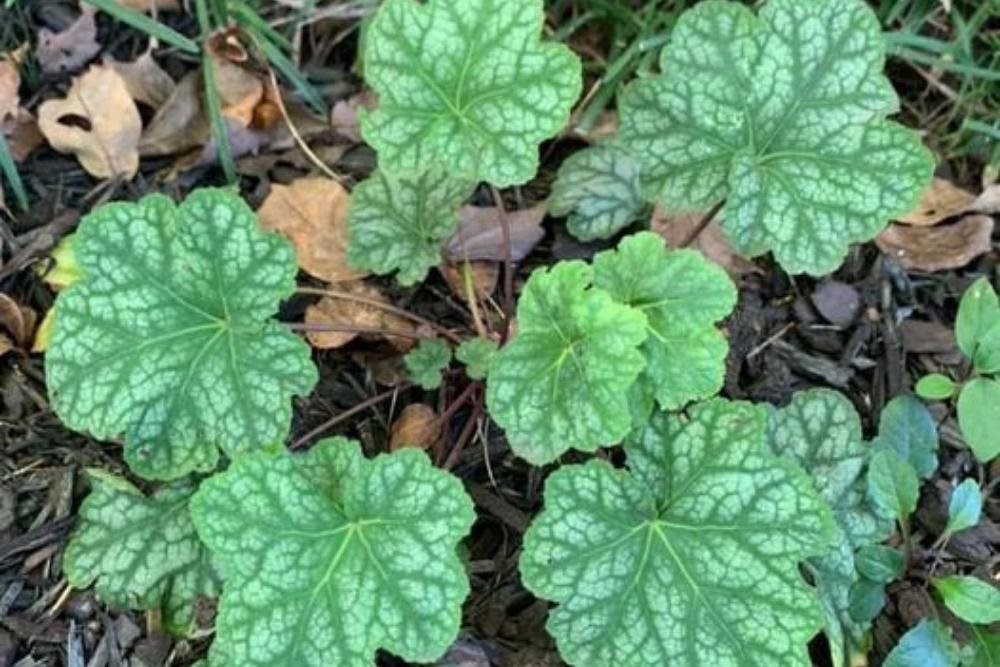
Coral Bells, American Alumroot
Coral Bells – Heuchera americana – A gardener’s workhorse and a centuries-old classic, the Alumroot/Coral Bells are a native genus of wonderfully attractive, clump-forming, herbaceous perennials in the highly diverse Saxifrage family - Saxifragaceae. Generally hardy from USDA zones 4 through 9, some species are adaptable in zones 3 through 11; alumroot/ coral bells are as reliable as they come in the plant world.

Baby, It’s Cold Outside
Ever wonder where some animals go when winter blows in with cold temps? Many birds migrate to warmer locales, some species adapt to the cold weather, and some thrive in it. But what happens if a species can’t tolerate the cold and isn’t migratory? They may enter into hibernation, torpor, or brumation.

Crossley
Our beloved Crossley the Barred Owl died on November 23, 2021, from a respiratory illness. Crossley came to Reflection Riding June 4, 2018, as a young brancher. He was a larger than life animal ambassador, and people were naturally drawn to him, endeared by his goofiness and beauty.

Frost Flowers, Winter Wonders
If you love nature but think there’s less to see on those cold days, Reflection Riding has something that can debunk that myth - frost flowers! Trust us when we say you won't want to miss this fascinating phenomenon. The search begins on brisk, chilly mornings when you can see your breath and there’s frost on the ground.
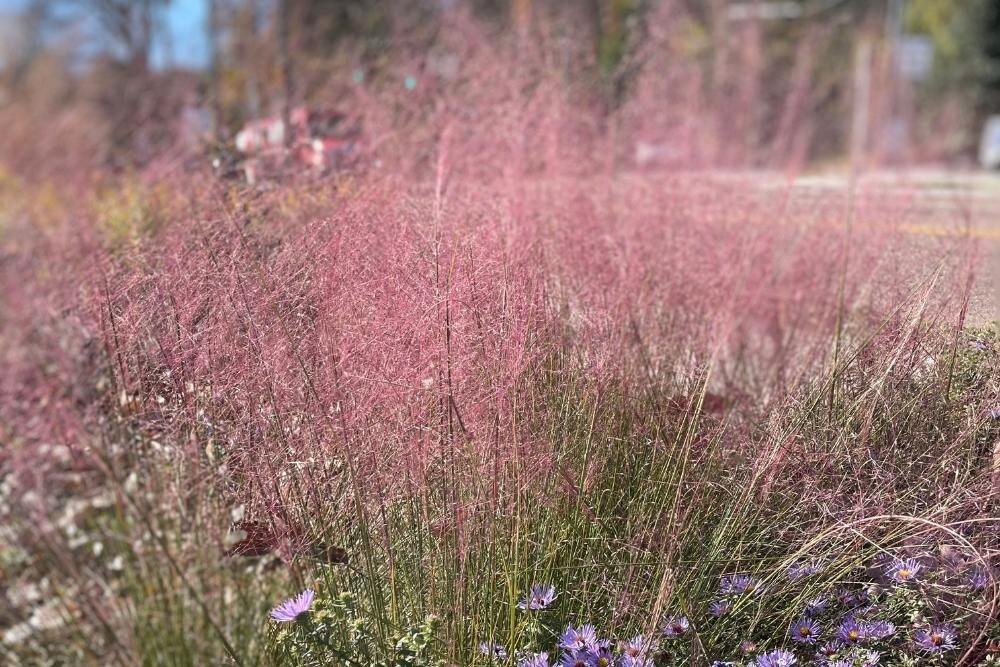
Muhly Grass
Muhly Grass (Muhlenbergia capillaris) is a perennial native grass that has become a very popular addition to many gardens and landscapes. Its most common name is Muhly Grass. The genus Muhlenbergia is in the grass family, the Poaceae. It is often used as an accent plant in gardens, as filler for disturbed areas, or in large groups for a visually stunning effect. As autumn approaches, Muhly Grass takes center stage when it bursts forth with its wispy purple/pink spikes of flowers.

Our Red Wolves Get a Winter Checkup
Every winter, we catch all our Red Wolves, vaccinate them, thoroughly check them over, and draw blood. Sounds simple, but this rodeo takes careful coordination and an experienced team.
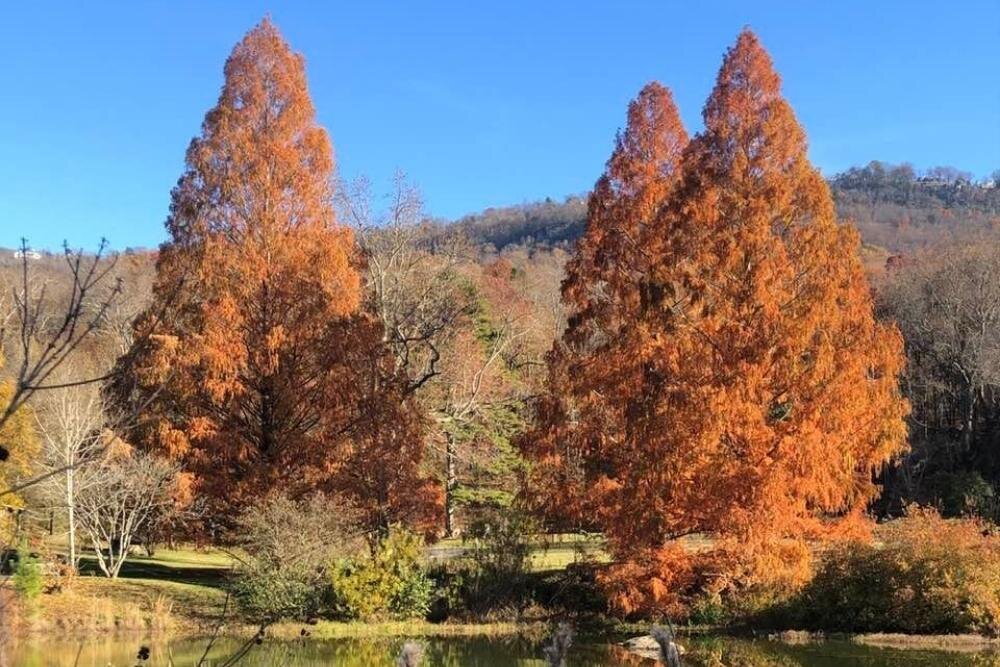
Dawn Redwood, a Living Fossil
Dawn Redwood (Metasequoia glyptostroboides) is closely related to Bald Cypress (Taxodium distichum) – both being in the Cypress family, the Cupressaceae. What’s perhaps most fascinating about Dawn Redwood is its discovery, after a botanist discovered a fossil and thought this tree extinct. Come see our “living fossils!” They’re beautiful at all times of the year, and their buttressed and furrowed trunks are a sight to behold.

The Tiger Salamander
Tiger Salamanders are the largest and most widespread land-dwelling salamanders in North America. They can live in a variety of habitats but are very sensitive to environmental changes.
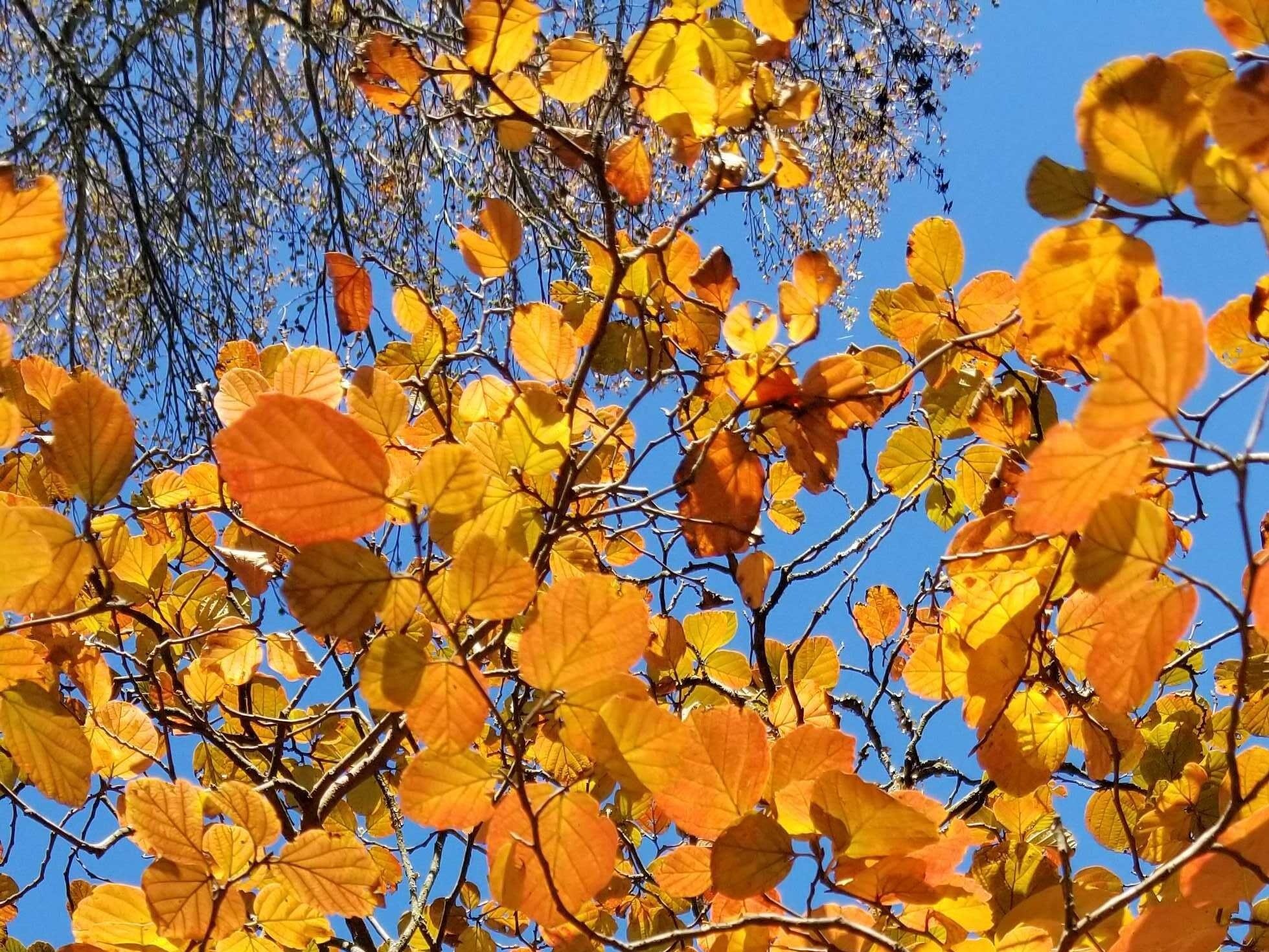
Fothergilla - Witch Alder
Fothergilla or Witch Alder – (Fothergilla major and other species) – both the dwarf and the standard species add beautiful autumnal color to any garden. These species (F. gardenia and F. major) are native to the southeastern portion of the United States. They are in the witch-hazel (Hamamelidaceae) family and produce white, showy, fragrant, bottle-brush flowers from April through May. The fruits ripen in mid to late autumn. Fothergilla produces two seeds contained in a capsule that, after drying on the stem, will explosively rupture to send the seeds to the nearby environment.

The Importance of Leaf Litter
That leaf litter in your yard is more valuable than you may realize. Whatever you call it, don’t rake, blow, or bag it! Those leaves provide excellent protection for slugs, snails, worms, centipedes and millipedes, spiders, beetles, and even bats and small mammals.
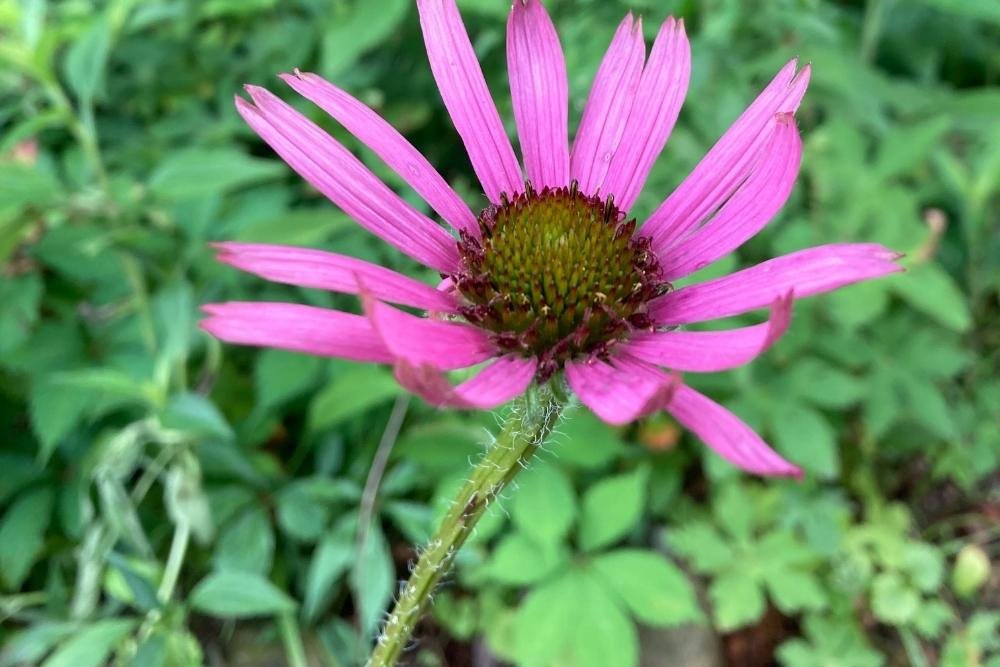
Native or Endemic...and a Plant That is Both
The term “native” is frequently used in regard to plants, but what exactly does it mean - and how does it differ from the term “endemic” plant?
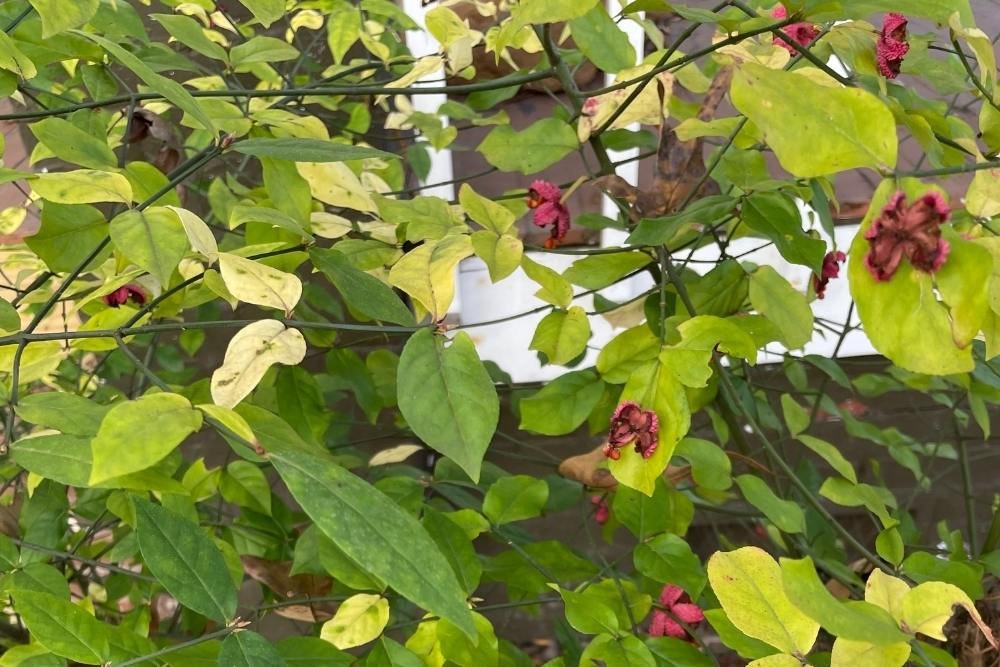
Strawberry Bush
Strawberry Bush – Euonymus americanus – is a deciduous, perennial shrub native to the southern and mid-Atlantic US. It grows to a height of 4 to 12 feet with a similar diameter and makes an excellent background or specimen in the landscape.
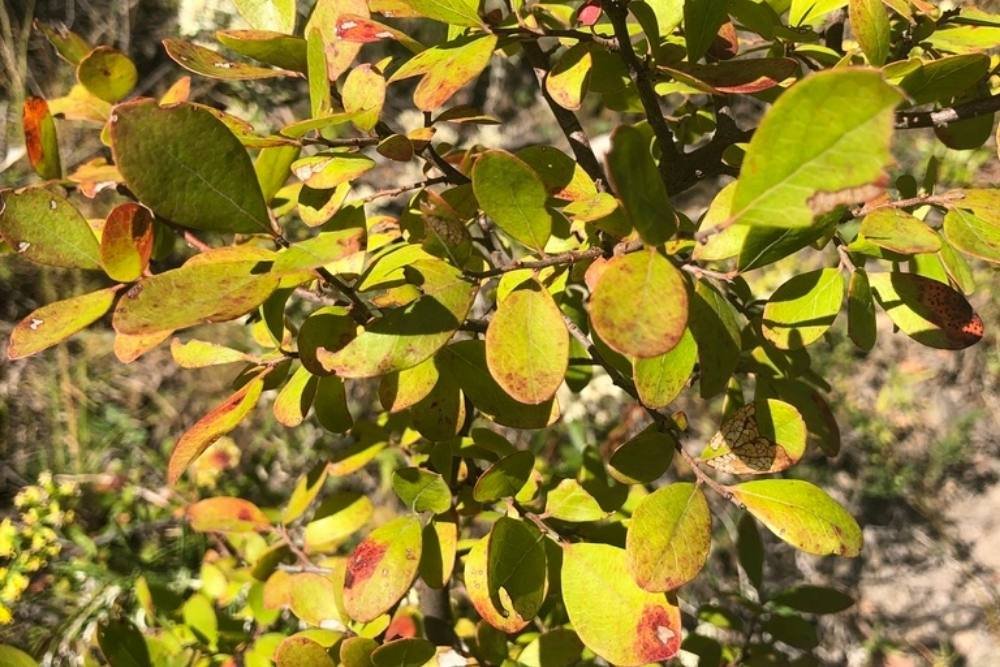
Sparkleberry
Sparkleberry (Vaccinium arboreum) is a semi-evergreen large shrub or a small tree that is the tallest of the blueberry Genus and grows in the southern United States. Its bright, glossy leaves will turn red to burgundy in the fall, and many will hold on most of the winter. One of its best characteristics is its exfoliating bark, with rich grey, brown, orange, and red often all present on older plants. In late spring or early summer, plants with decent sun become covered in showy, white, bell-shaped flowers. Its heat and drought tolerance are legendary once it is established, and it is one of the most handsome understory native species we have.
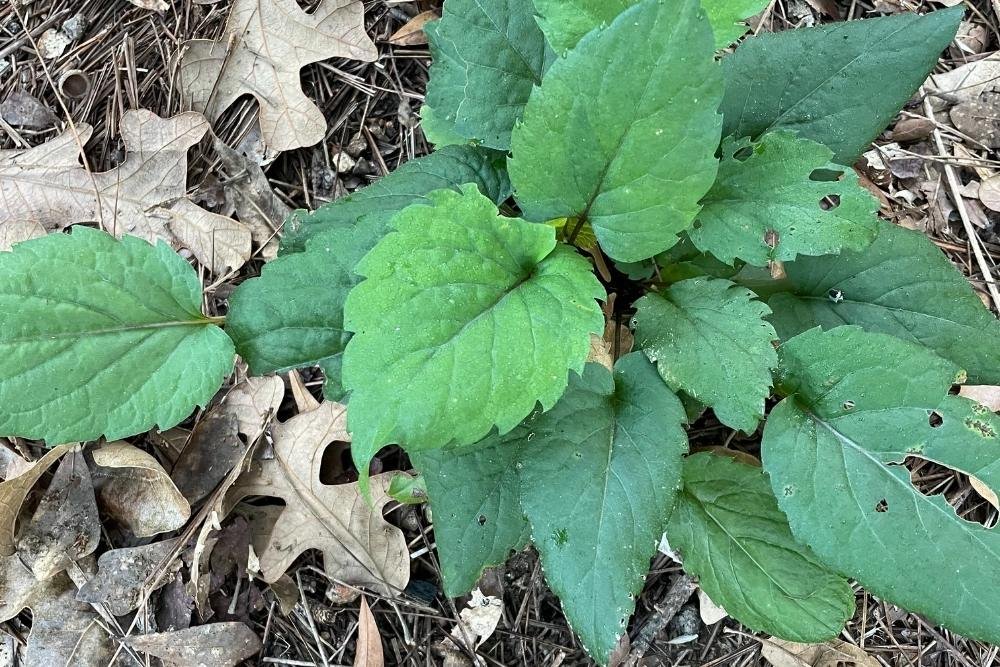
White Wood Aster
White Wood Aster – Eurybia (Aster) divaricata – is an herbaceous perennial found in the eastern U.S. This plant, with lush green foliage and dark stems, is hard to beat in summer. Then, in the late summer, one tiny white bloom will appear, then two more, until it is covered with white blooms that last for more than a month. Like many asters, it blooms when few other plants do and is invaluable as pollinator forage and for people who enjoy the blooms. Remember this, and never plant a garden without some asters!

The American Chestnut Tree
The American chestnut tree, Castanea dentata (C. dentata) was once one of the most dominant tree species of deciduous forests in the eastern United States. The effort to restore the American chestnut species involves developing American chestnut populations that are resistant to blight.

Hospitality Association Brings Project Full Circle
In 2020, a group from the Hospitality Association volunteered at Reflection Riding, pulling Chinese Privet (Ligustrum sinense) in our new Playscape area. Many of the volunteers from last year’s Trail Day returned this year and planted 120 native Spicebush (Lindera benzoin) to restore and help re-forest the area they had previously cleared. We enjoyed seeing the project come full circle and can’t wait to see the Spicebush swallowtails that will have a field day in that area!
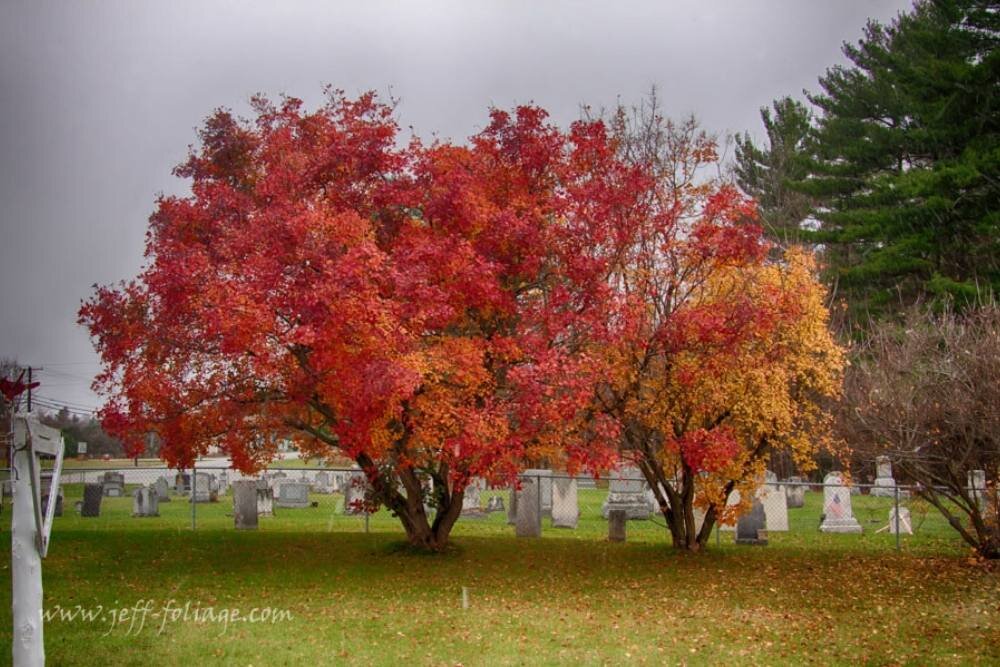
American Smoketree
Once abundant in the Southeast, the native American Smoketree (Cotinus obovatus), was detrimentally harvested in large quantities to extract dye during the Civil War Era. The heartwood of the smoketree is a vibrant yellow-orange color that was used in soldiers' uniforms and sashes. Today, it is rare to see a native smoketree in the wild, even on our 300-acre property. One of our only specimens resides on the eastern side of our Upper Pond.

The Animals of Halloween
Like many holidays, Halloween is associated with many superstitions, invoking fear and mystery. Several animals, like bats, owls, and crows, feature in eerie Halloween folklore. But are those animals truly spooky? Learn more about them to find out!

Yellow Anise
Yellow Anise – Illicium parviflorum – is a member of the Schisandraceae and is a large, dense, evergreen shrub native to Florida and the lower southeastern United States, but it does well in Hardiness Zones 6b through 9. it is extremely deer and rabbit resistant, is insect-pollinated, and provides shelter for birds and other wildlife. Yellow anise is in a class of its own: native, evergreen, fast grower, easy to grow, does well in shade.
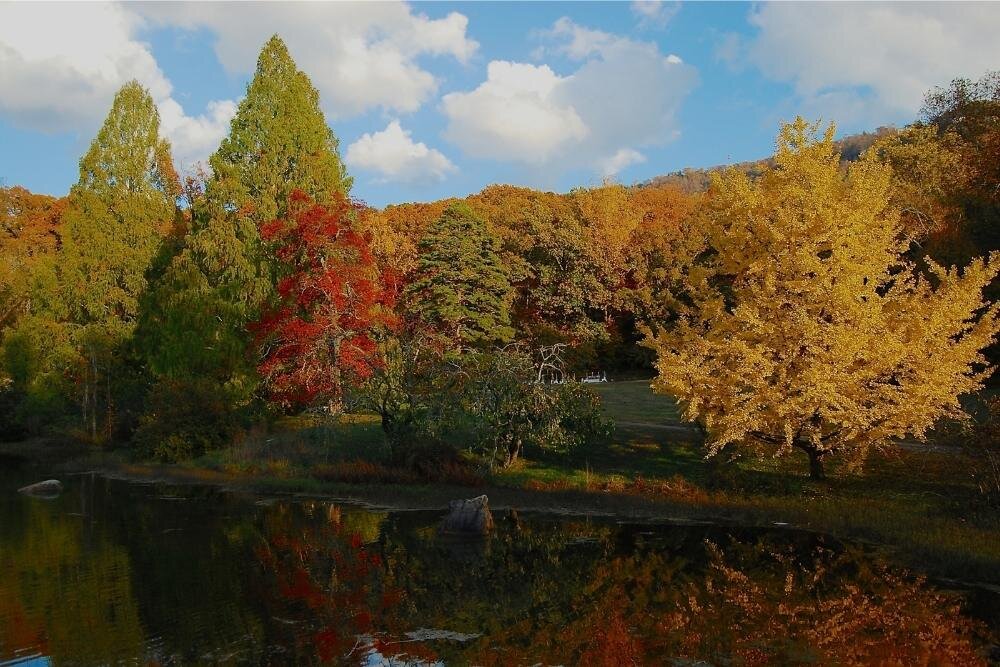
Reflection Riding Conserves Additional Land
Through generous support from an anonymous donor and a private landowner, Reflection Riding acquired roughly three additional acres just outside its gate. This transaction will allow us to conserve this land forever through the same process used for our existing 300-acre property. The result is that we have secured permanent public access to popular adjacent trails. This mechanism uses federal grant dollars to permanently conserve and protect important lands where Civil War battles took place, so they cannot be developed.

